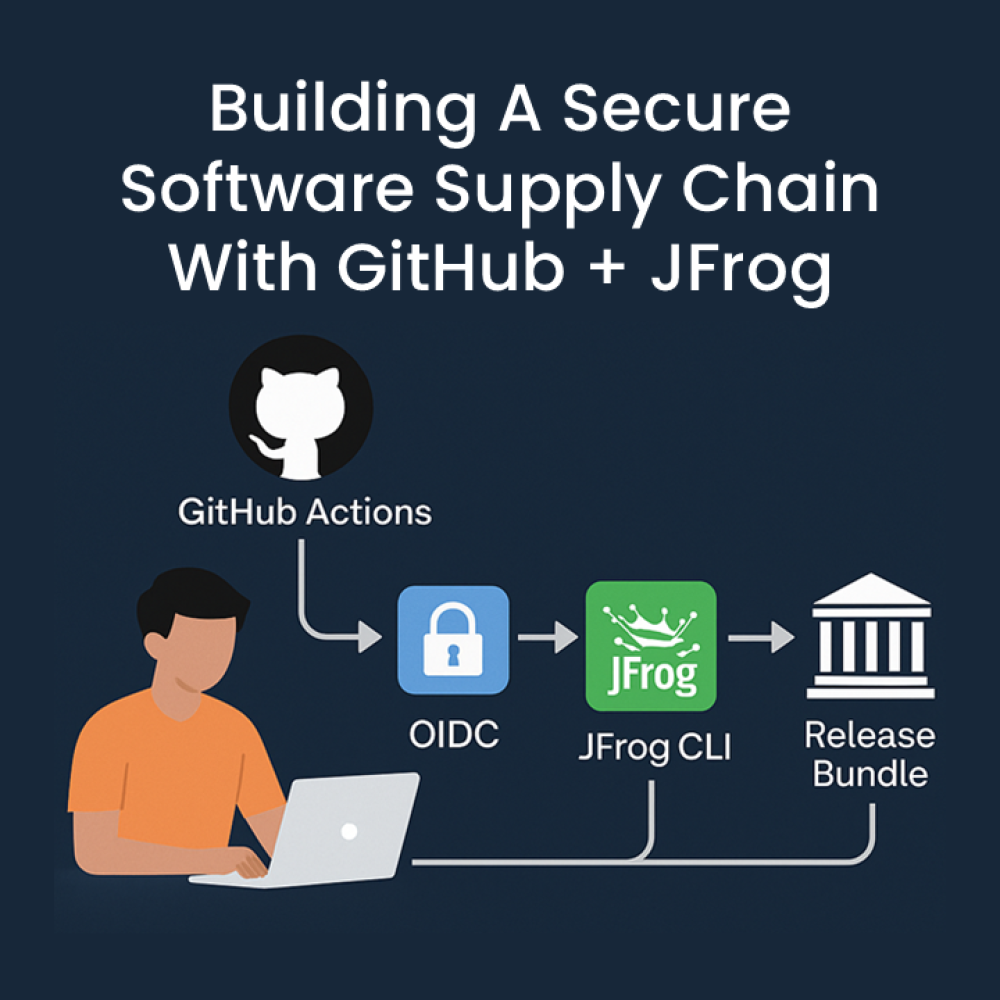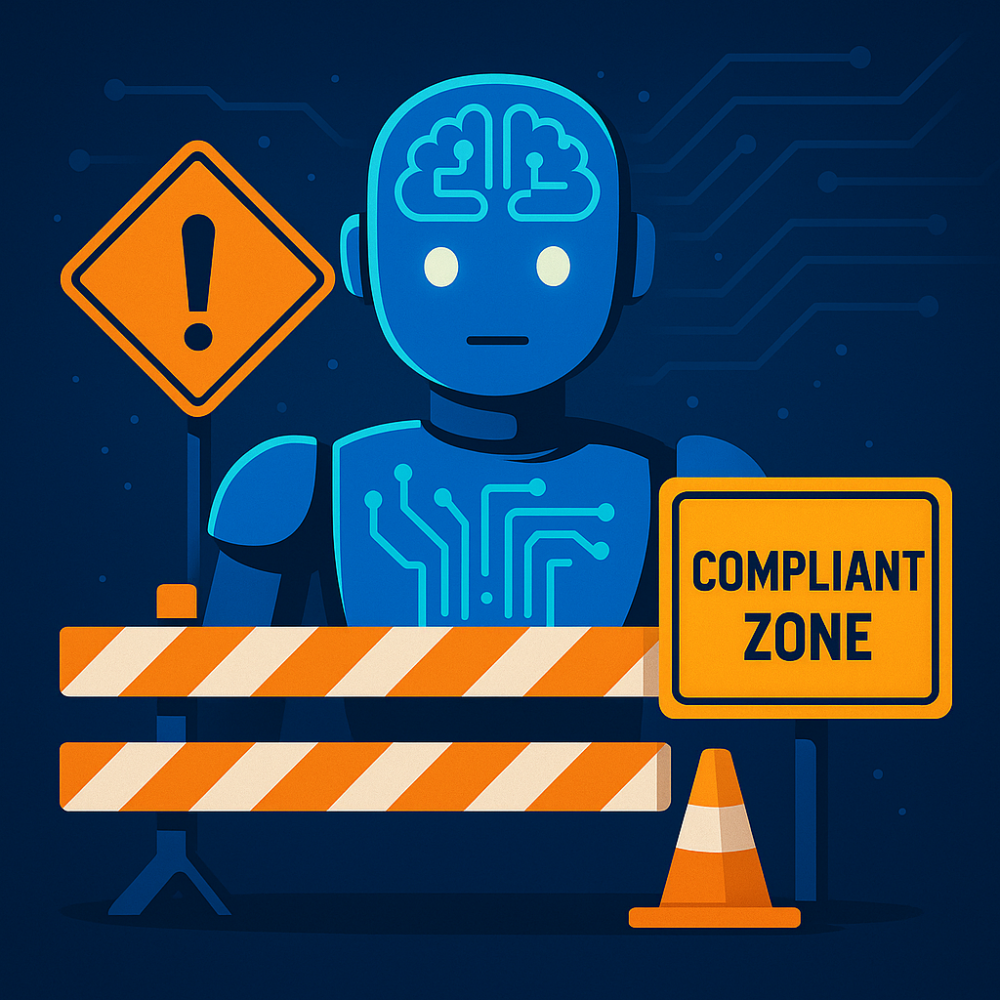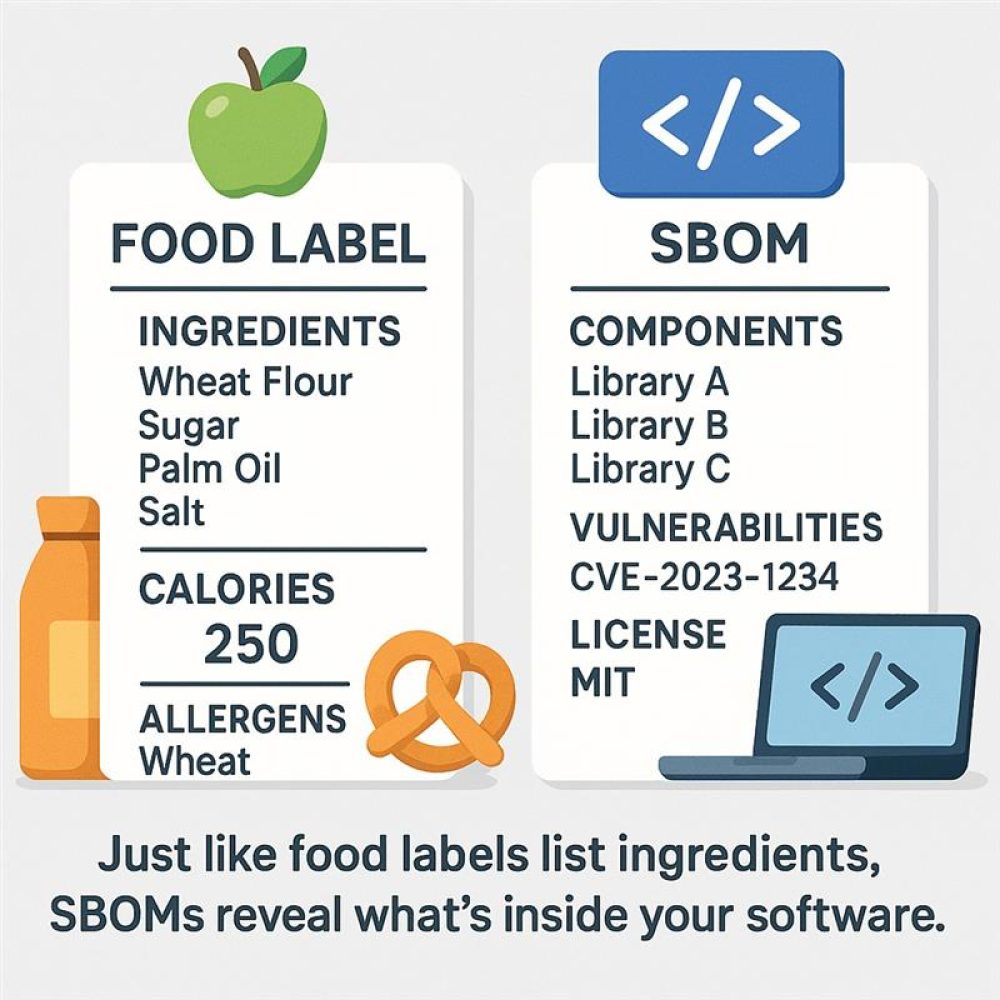As the pace of technological advancement continues to soar, numerous enterprises find themselves struggling to keep up with the latest innovations. However, clinging to outdated technology can unleash a cascade of detrimental effects on productivity, employee morale, and the company’s bottom line. While postponing the upgrade of antiquated systems might appear financially prudent, the reality is that it often exacts a higher toll on businesses than the savings it promises. In this article, we will delve into the ways in which reliance on obsolete technology can inflate expenses, compelling businesses to confront the imperative of considering long-term costs. As systems grow older, they demand increasingly laborious and specialised maintenance, coupled with exorbitant fees for updates, patches, and licenses to ensure compatibility with modern counterparts. Astoundingly, studies estimate that a staggering 75% of the average IT budget is allocated solely to maintaining existing systems. Brace yourself as we uncover the hidden costs lurking behind the façade of outdated technology.
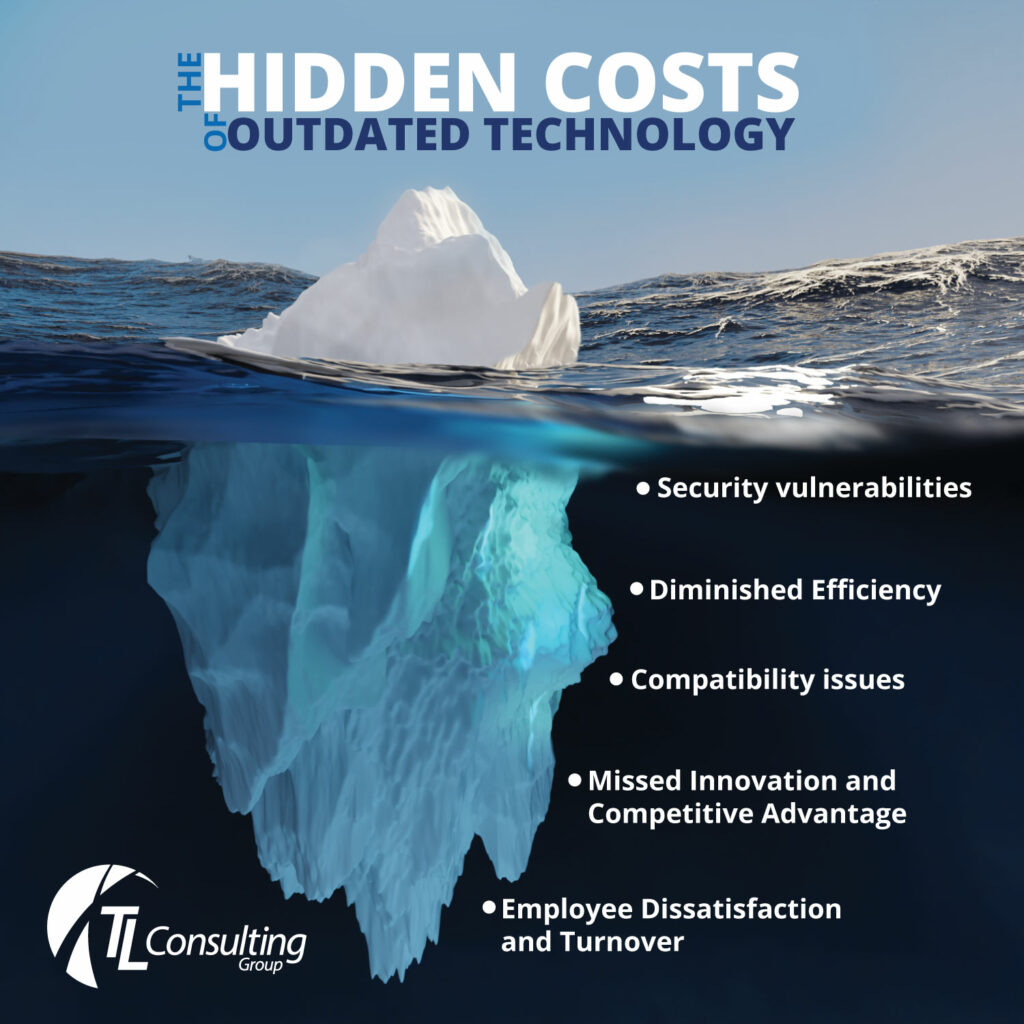
Security vulnerabilities
- Security vulnerabilities: Outdated technology often falls behind in terms of the latest security features and patches, leaving it vulnerable to cyber threats. Hackers and malicious actors continuously adapt their tactics, while obsolete systems may lack the necessary safeguards to protect sensitive data and prevent breaches. The consequences of data breaches, compliance violations, and reputational damage can be significant. Unsupported systems are especially prone to security breaches and cyber-attacks, potentially exposing valuable data and intellectual property. In Australia, the average cost of a data breach in 2023 has skyrocketed to $5 Million, marking a substantial 13% increase from previous years. These astonishing statistics underscore the urgent necessity for businesses to prioritise the security of their technology infrastructure.
Diminished Efficiency
- Diminished Efficiency: Outdated technology frequently lacks the latest cutting-edge features and capabilities that are essential for streamlining business processes and maximising productivity. Therefore, these obsolete systems tend to exhibit slower performance, decreased reliability, and an increased propensity for errors and downtime. This predicament forces employees to grapple with inefficient tools, resulting in the squandering of valuable time and resources. In fact, studies have revealed that maintaining outdated systems can lead to a staggering 30% decrease in productivity. This inefficiency incurs significant costs, both in terms of operational expenses and lost opportunities. The combination of sluggishness, unreliability, and a heightened vulnerability to errors or downtime culminates in a noticeable decline in overall efficiency. It is evident that clinging to obsolete systems not only hinders progress but also presents a substantial financial burden for enterprises seeking sustained success.
Compatibility issues
- Compatibility issues: Outdated technology often faces compatibility issues when integrating with newer systems or software. For example, an older CRM system may struggle to sync data with a modern marketing automation platform, hindering information flow across departments. These issues impede data sharing, communication, and collaboration within the organisation. Workarounds and manual processes become necessary, consuming time, and increasing the risk of errors. Incompatibility with external systems or partners can result in missed opportunities and higher operational costs. Addressing these challenges is crucial to avoid inefficiencies, missed opportunities, and unnecessary expenses.
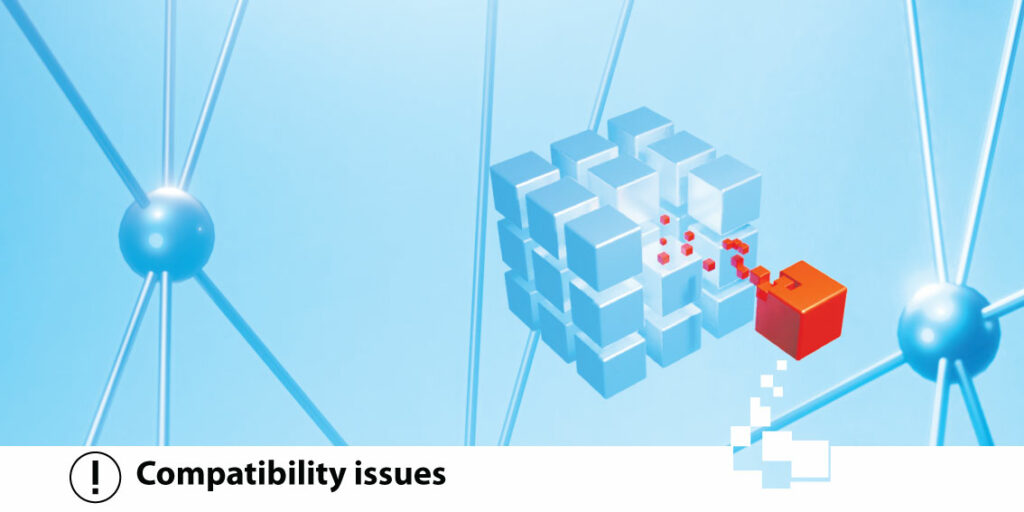
Missed Innovation and Competitive Advantage
- Missed Innovation and Competitive Advantage: Enterprises that rely on outdated technology face challenges in keeping pace with competitors who embrace new and innovative solutions. Adopting modern technology can empower businesses to automate processes, optimise data gathering and analysis, elevate customer experiences, and stay ahead of industry trends. By neglecting to upgrade, businesses risk missing out on opportunities for growth, efficiency, and gaining a competitive edge. Embracing newer technology not only positions businesses for growth but also offers enhanced security features. Additionally, there can be tax benefits associated with operating costs. Unlike capital expenses, Software as a Service (SaaS) or Platform as a Service (PaaS) can be classified as operating costs, allowing for a 100% write-off instead of a smaller portion.
Employee Dissatisfaction and Turnover
- Employee Dissatisfaction and Turnover: Outdated technology can have a detrimental impact on employee morale and job satisfaction. The frustration caused by slow and inefficient tools can significantly reduce productivity and breed discontent among employees. Over time, this dissatisfaction can contribute to higher turnover rates as employees actively seek technologically advanced workplaces that enable them to perform their duties more effectively. The challenges of dealing with sluggish programs and constant issues can generate frustration and stress for both leadership and general employees. It becomes challenging to excel in one’s role when the software fails to keep pace. Consequently, employee morale suffers, leading to an unfortunate increase in turnover.
In conclusion, the hidden costs of outdated technology can have detrimental effects on businesses, including decreased productivity, security risks, missed opportunities, and employee dissatisfaction. To overcome these challenges, it is crucial for enterprises to prioritise investments in modern technology solutions. By embracing innovative systems and staying ahead of technological advancements, businesses can enhance productivity, improve security, capitalise on new opportunities, and foster a positive work environment. Investing in updated technology is an investment in the long-term success and sustainability of the business, ultimately leading to greater efficiency, profitability, and competitive advantage. Get in touch with our application modernisation experts at TL Consulting to fast forward your legacy.
